As the urban population is increasing and the price for land in cities as well, new solutions have to be found to make the most out of this area. Building wide houses is not possible as it would take up too much valuable space, so the only option is to build up into the sky.
While commercial buildings often get divided into the categories Mid-Rise and High-Rise, Skyscrapers are a very specific type of building.
What is a Skyscraper?
A Skyscraper is a self-supporting building that is taller than 150m and consists of at least 50% habitable floor space.
What are the Features of a Skyscraper?
The minimum height that is needed for a building to qualify as a skyscraper is 150m. In 2018, on average, a skyscraper was around 247m high and with the increasing population, this number is expected to go up even further. But these tall buildings do not only come with advantages but also many challenges that need to be solved in order to provide a safe and comfortable living/working experience for their tenants.
When looking at older skyscrapers especially, it was important for the structure to keep the weight as low to the ground as possible. Thus with increasing height the diameter of the building is getting smaller and smaller. A good example for this is the empire state building in New York City. But not only the weight plays a role, but also the force of wind pressing against the upper levels.

Another important factor for the existence of skyscrapers is the usage of strong and durable materials such as reinforced concrete but also glass. In addition, only with the invention of elevators, skyscrapers were able to create sufficient methods of transportation inside the building.
A structural system developed by Fazlur Rahman Khan helped to create higher and more solid buildings and is used in most of them nowadays. The so-called “tube” structure relates to the concept of a “hollow” skyscraper that is supported by its outer frame connected to the foundation in the form of a cantilever.
Other Types of Tall Buildings
There are three other types of tall buildings that are defined by the CTBUH (Council on Tall Buildings and Urban Habitat).
Tall
Tall buildings are not specifically defined but rather depend subjectively on their appearance. A 10-story building in a suburban area, that is usually marked by single family homes, will seem very tall. In a city centre full of high buildings, it may even seem relatively small.
Not only the surrounding buildings have an impact on the look, but also the property itself. If it is a very thin 12-story house, it will seem taller than a 12-story house that has a large footprint.
Supertall & Megatall
Supertall and Megatall skyscrapers are only differentiated by their real height. A supertall building starts from 300m or more, and a megatall building from 600m or more.
Examples
Here you can find a few skyscrapers that we think are a good reference and popular around the world. We think that sustainability is an important factor in order to create more environmentally friendly, social and economical buildings and want to highlight some of the most successful ones.
Tallest Skyscrapers
- Burj Khalifa (828m)
- Shanghai Tower (632m)
- Abraj Al-Bait Clock Tower (601m)
Most Sustainable Skyscrapers
- Bank of America Tower (New York City) (366m)
- Shanghai Tower (632m)
- Bahrain World Trade Center (240m)
- Taipei 101 (508m)

Conclusion
Skyscrapers are becoming more important nowadays with the increasing urban population. In order to create these complex structures, new technological inventions have contributed to a large extent. But not only building high and creating large habitable spaces will solve our current problems, skyscrapers also need to comply with sustainability standards and guidelines.
If you want to learn more about commercial real estate, PropTech, Smart Buildings/Cities, and skyscrapers, feel free to take a look at our other articles.

